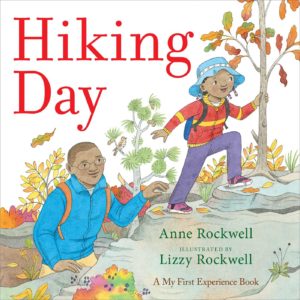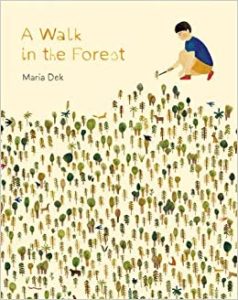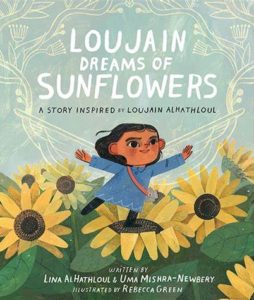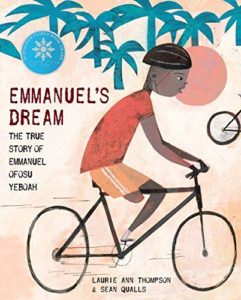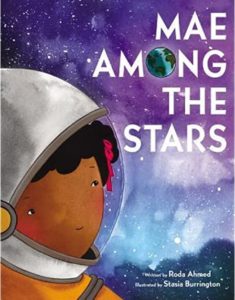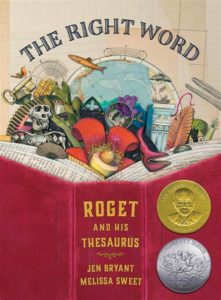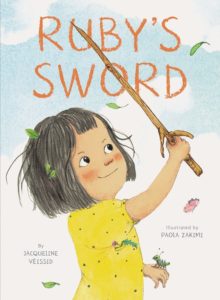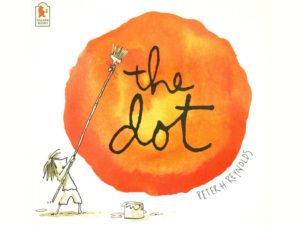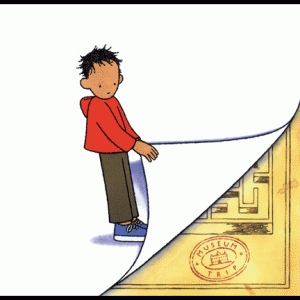 Climb On!
Climb On!
Authors: Baptiste Paul
Illustrator: Jacqueline Alcántara
8 March 2022
NorthSouth Books
32 pages
Book description from Goodreads: “When a young child reminds her dad about the hike they planned, her father is hesitant —To the tippy top? It’s a great day to watch futbol (soccer). But as the two climb on, her enthusiasm is contagious. Filled with setbacks, surprises, and stunning views, this warm and humorous story highlights in vivid colors the bonding power of a shared experience. A list of creatures at the end prompts a second look for keen-eyed readers to make discoveries of their own.
Baptiste Paul and Jacqueline Alcántara (co-creators of The Field) have teamed up again! Baptiste’s humorous and tender text, with a sprinkling of Creole words straight from the Pitons, and Jacqueline Alcántara’s vibrant and evocative illustrations capture the wonder and emotions experienced on the trail and the special relationship between a parent and a child.”
Need some reviews of Climb On!?
As a bonus, please enjoy this short interview about the book with author Baptiste Paul.
Educational Activities inspired by Baptiste Paul’s Climb On!:
- Before Reading–From looking at the front and back cover:
- Where and when do you think this story takes place?
- What do you think this story will be about?
- What is the child doing on the front cover?
- What emotion is the child on the cover feeling?
- Who is the other person behind that child?
- From looking at this cover, what other books does this remind you of?
- What do the images on the back cover make you think about?
- How do you think this story will end?
- After Reading–Now that you’ve read the story:
- What did you think would happen with the child wanted to got for a walk and Daddy said it was a “great day for watching futbol”?
- If you were going on a long hike, would you have taken anything beyond what they put in their backpacks?
- How easy was it to figure out what the Creole words meant? (They were always in italics.)
- What creatures were causing trouble when you read “Buzz, buzz, buzz. Smack, smack, smack!”? Would you have turned back then?
- What other animals and creatures did you see in this story?
- What would you have done if you got to the top of the summit and realized you’d forgotten a camera? What did you think of their solution?
- What did you think would happen with the child wanted to got for a walk and Daddy said it was a “great day for watching futbol”?
- Writing–Think about a time you took a walk with a loved one. Or, if you prefer, imagine a walk you might one day take with a friend or family member. Write that story. Think about scenery, weather, plants, animals, and nature. If you want, create accompanying pictures with crayons, colored pencils, or markers. Stories are best when shared, so consider sharing yours with a friend or family member.
- Planning–It’s always a good idea to plan before starting any journey. Answer the following about a future hike:
- I’d like to hike to/at _______________.
- Someone I’d like to hike with me is _______________.
- The three most important things to bring with me on the hike are __________, ______________, and _____________.
- Something I expect to see on my hike is _____________.
- The best part about hiking is _____________.
- Activities–There are a lot of things to do while taking a hike. Here are a few of our favorites:
- Catch My Shadow: Just as fun as it sounds.
- Greeting on the Trail: Connecting with other travelers is easy. All you need is a stick and water.
- Hiking Back in Time: This gets people thinking about what it was like to live decades or centuries ago.
- Shoe In, Shoe Out: Learn about footprints.
- Trail Bingo: Always a kid favorite.
- Further Reading–Enjoy more picture books about taking a hike. Which of these have you already read? Which of the others would you want to read first? (Click on any book cover for more information on these titles!)





